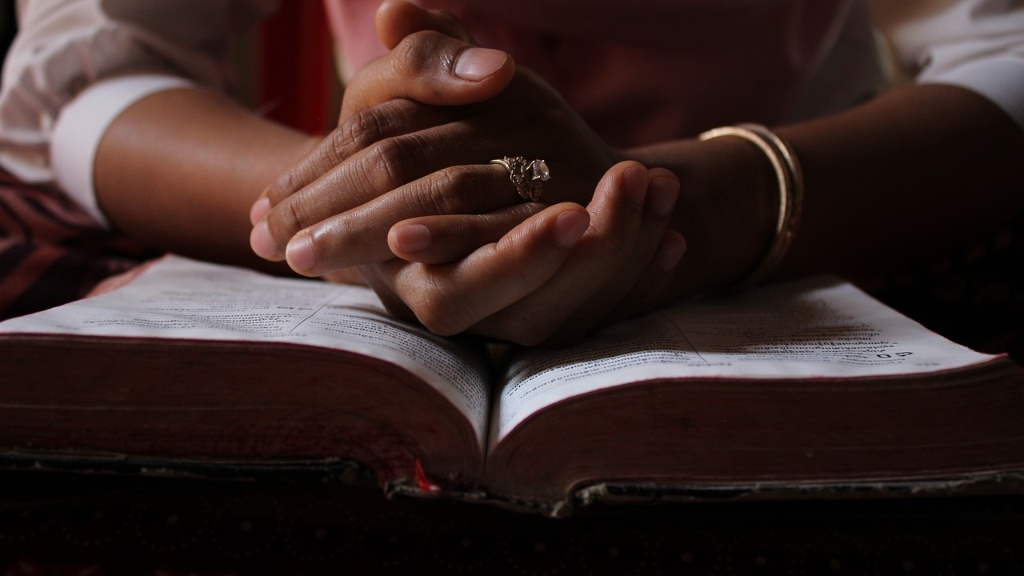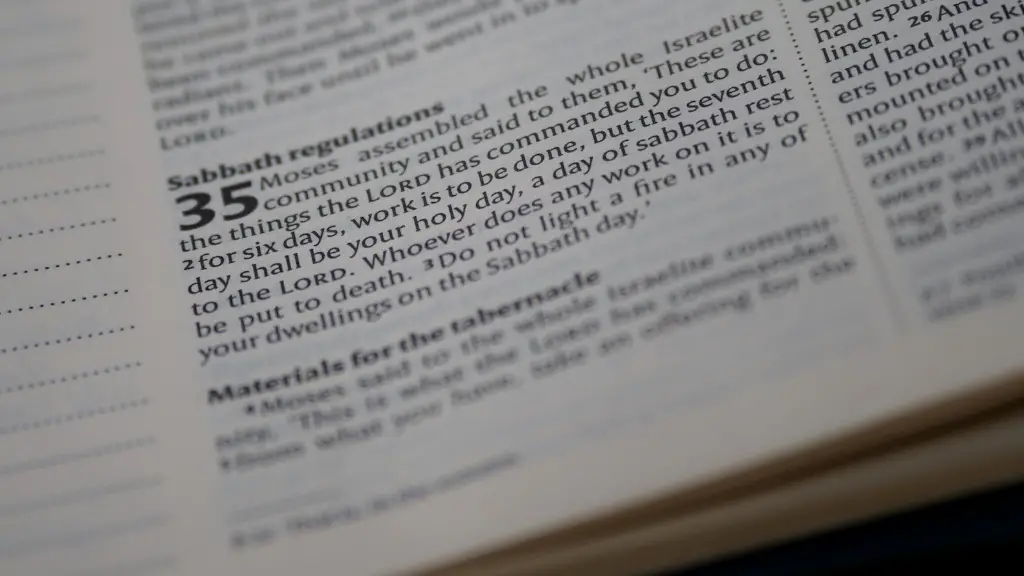When it comes to religion, many debate the existence of angels. In Christianity, angels are seen as supernatural beings that bring messages from God to people. They are believed to have power over man and play a vital role in according Biblical scripture. While there are many interpretations of what angels look like, the Bible is not clear when it comes to their physical appearance. However, some clues are given in the Bible that can help us better understand the physical description of angels in the Bible.
In the Bible, angels are typically described as having wings. These wings are often described as being covered in feathers or described as being made of light. Angels were also described as having shining faces, shining eyes, and wearing clothing that is bright and shining. Other descriptions of angels include having the faces of young men or having four faces which represent different creatures.
The Bible also states that some angels were so huge that even their feet could not have touched the ground. They were bigger and taller than a human being. But there are also references to angels as small as children.
It is believed that angels have the power to navigate through the air and many people envision them as beautiful creatures with wings. This is likely because the Bible mentions that angels are able to fly in the skies. In addition, the Bible states that the angels had a power to appear suddenly, sometimes even in human form. Angels were often portrayed as divine messengers of God.
The physical form of angels has been interpreted in different ways throughout the centuries. According to some scholars, angels were spiritual beings that did not have a physical form. But others see angels as humanoid figures with wings, dressed in white robes, with different kinds of faces. Some even suggest that angels could have been completely invisible to human eyes.
It is clear that the physical description of angels in the Bible is not well understood by many. As a result, there are different interpretations of how angels look. Ultimately, it is up to an individual’s interpretation of what angels look like, as the Bible does not provide clear evidence of their physical form.
What Are Angels Responsible For?
Angels are very important in biblical scriptures. They are often described as physical beings that are sent by God to carry out his will. Angels serve a variety of roles in the Bible, and have a variety of tasks that they are expected to fulfill. The three main roles that would be assigned to them from God would be: worshipping Him, protecting mankind, and conveying God’s messages to people.
Angels are also mentioned in the Bible as guardians or protectors. They may also visit people to warn them of danger, or provide comfort and advice. Angels are also present at major events in the Bible, such as the birth of Jesus and other important occasions. At times, Angels have been known to take on a physical form, and intervene in important situations.
The Bible also mentions angels as heavenly messengers, who are sent to bring God’s words and messages to people. This might include informing people of special events or offering guidance. Angels are also mentioned as helping people in crisis, such as rescuing them from danger or arguing on their behalf.
In the Bible, angels are important and powerful divine beings, who have been assigned a variety of tasks from God. Whether they have a physical form or not, it is believed that they still interact with people, and serve as guardians and messengers to God.
What Is The Status Of Angels In Christianity?
The view of angels in Christianity has varied over the centuries. Since the writing of the Bible, different Christian denominations have interpreted the notion of angels in various ways. There is a common belief amongst most Christians that all angels are on the side of God and are holy and good. Therefore, to worship and pray to angels, or to believe in their superiority to humans is considered a sin, according to the Bible.
Most Christian denominations also believe that angels protect us from evil. Because of this, it is important to keep a good relationship with angels in order to protect ourselves from harm. Regardless of this, many Christians struggle to answer the question if and how angels still exist in our world today.
The Bible teaches that angels are powerful and holy beings that are sent by God to protect, guide and inform people. Despite the uncertainty of their physical form, most Christians hold angels in high regard and believe that they are sent by God to complete specific tasks. Therefore, they are respected and their existence and power is acknowledged.
Is Belief In Angels Important?
The role of angels in the Bible is important. Angels were created by God to serve a purpose and this is why many believe that angels are still present in our lives today. While beliefs about angels vary from person to person, for some it is important to maintain a trusting relationship with them in order to have protection and guidance from God.
It is not necessarily essential to have a strong belief in angels; however, many Christians do strongly believe in the power of angels in their daily lives. They acknowledge their presence and power, and therefore pray to them, asking for protection and faith. Many people also keep symbols of angelic protection in their homes in order to feel protected. This is an individual decision as many people make the conscious decision to believe in angels and their power.
In short, the existence and physical form of angels in the Bible is uncertain and open to interpretation. However, many Christians believe in the power of angels and the protection they can offer. It is up to the individual to make the decision to believe in their power or not.
Angelic Symbols & Their Meanings
Throughout history, people have used symbols to recognize angels and show respect for them. These symbols are powerful and have the potential to connect people to the divine. In religious contexts, these symbols are often used to invoke protection from angels, to ask them for help or guidance, or to express gratitude and devotion.
One of the most recognized symbols is the dove, which is typically used to depict the Holy Spirit. Among other symbols are stars, which represent the journey of faith; angels wings, which represent protection and safety; and halos, which represent holiness and perfection. Certain animals are also viewed as angelic symbols, such as horses, lambs, and lions, which represent strength and courage.
The use symbols to recognize angels has existed for centuries. They can be used to show respect and devotion, to express gratitude, or to ask for help. Although beliefs about angels vary from person to person, symbols continue to be used to express faith in angels and the power they have in our lives.
Angels In Art & Culture
Angels have been depicted in many forms of art and throughout many cultures. The representation of angels in art has the potential to evoke a strong emotional response from the viewer. Ancient Greeks and Romans frequently depicted angels in their artwork and sculptures, and their representation could be found in shrines across the Mediterranean region.
During the Medieval and Renaissance periods, angels were frequently depicted in religious artwork and sculptures, often as representations of God’s divine messengers. Since then, they have been represented in countless ways, appearing in literature, television, and film. These depictions explore the concept of angels, often portraying them as wise messengers of God or as guardian protectors.
These days, angels continue to be prevalent in many forms of art. Whether represented as ethereal beings or as guardians of earthly beings, the representation of angels in art can evoke powerful emotions and provide comfort and inspiration to the viewer. While many people have different interpretations of angels, their presence in art and culture remains undeniable.
Conclusion
In many religions, angels are important divine beings with powerful roles in protecting and guiding people. While the physical form of angels in the Bible is unknown, they are often mentioned as powerful and holy beings, and are represented as important symbols in many cultures. Beliefs about angels vary from person to person, but many choose to believe in their power and protection, and recognize them in artwork, symbols and culture.





